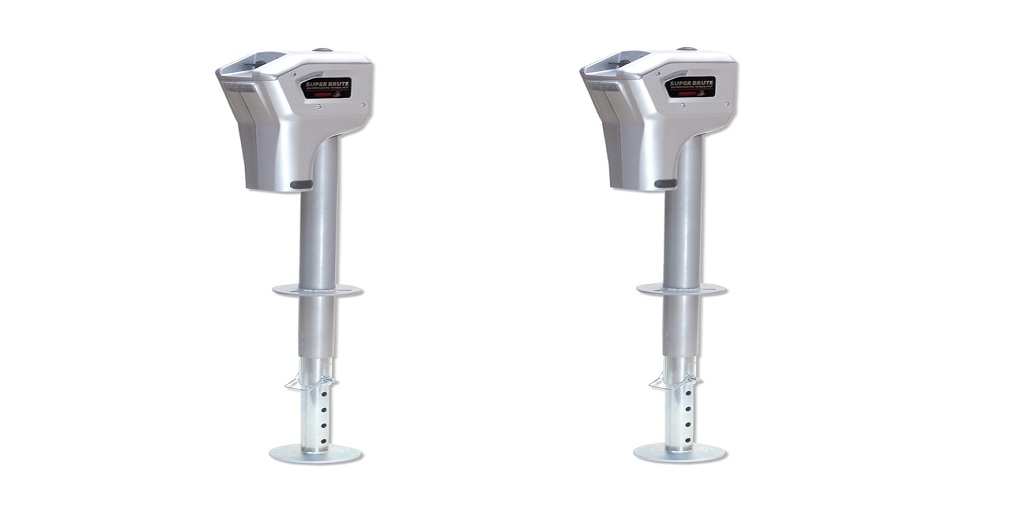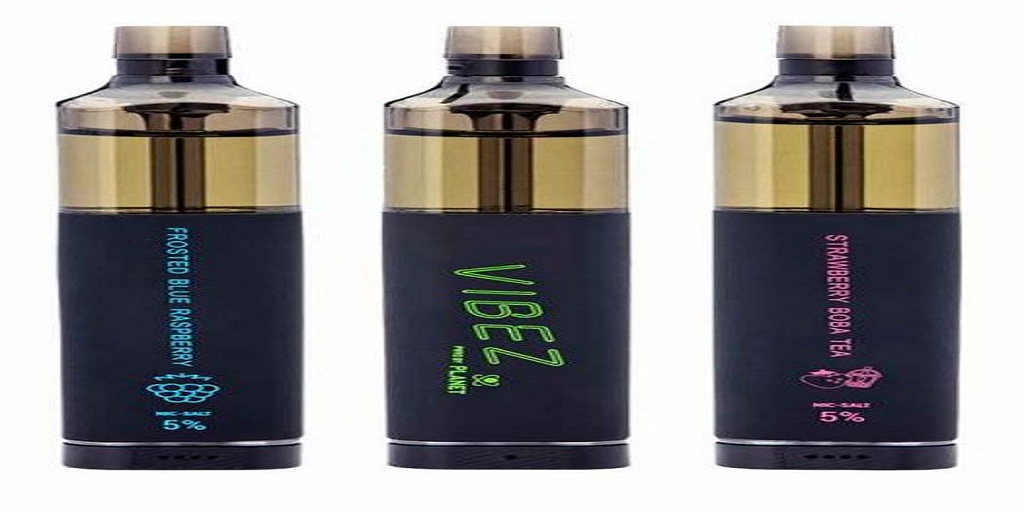If you know anything about lighting, even the most common knowledge about lighting, you probably have heard of fluorescent lighting before. Fluorescent lights are most commonly known for being very harsh and washing out your complexion. You’ll normally find these types of lights in schools, offices, and retail stores.

These lights are very commonly used and the way they work is the reason we can find them as a source of light in many public places. Compared to other traditional forms of lighting like incandescent and halogen bulbs, fluorescent lights are much more energy-efficient. Although LEDs are proved to be the most energy-efficient light source out there, fluorescents are much less expensive.
There are many different types of fluorescent lights such as linear fluorescent lights, fluorescent bent tubes, fluorescent circline tubes, and CFLs or compact fluorescent lamps. Let’s focus on CFLs for now.
How Do They Work?
The way fluorescent lights work all has to do with the chemical reaction that occurs to create the actual light. The chemical reaction happens inside the glass tubes by combining certain gases and mercury vapor which produces an invisible UV light. Inside the tube is a phosphorus powder that is illuminated by that invisible UV light.
That entire chemical reaction is what emits that bright, white light that fluorescents are known for. But that is the more simplistic description of what happens during this chemical reaction. To break it down further, electricity enters the light fixture and through a ballast. A ballast is something that regulates voltage and electrical current. A ballast is ultimately necessary for a fluorescent bulb to work.
Why Do Fluorescents Needs a Ballast?
Every type of fluorescent needs a ballast because the main purpose is to take the electric current that comes from your walls and turn it into a steady stream of electricity. The current that comes from wires in your walls come in waves, so they come really uneven into the light fixture. This piece of equipment allows for that chemical reaction to be stabilized and maintained.
For example, compact fluorescent bulbs need a ballast to work. This comes as a surprise to many property owners who frequently use these types of fluorescents. The CFL lights need a specific CFL ballast to allow them to work properly.
Ballasts are also important to prevent any type of light to overheat and potentially burnout. To fully understand a CFL light bulb, it’s best to provide a visual. Commonly referred to as a CFL lamp, a CFL bulb is essentially a fluorescent tube that is rolled up into a bulb shape but it uses the same technology as any other fluorescent light fixture.
If CFLs are to be used in residential homes, the CFL ballast is usually integrated into the full design of the lightbulb. If these CFL lamps are being used commercially or in bigger applications, the ballast would be integrated into the actual light fixture and not the lamp.
There is a lot to learn when it comes to the world of light fixtures, lighting bulbs, and other light applications. The technology that goes into just one type of light bulb is astounding, not to mention all the other forms of light that are available commercially and residentially.
If you are a business owner or a homeowner and are looking for new types of light bulbs, light fixtures, or are in the market for some replacements, check out what Atlanta Light Bulbs has to offer.
This online store has everything you need for any type of lighting product. Check them out at atlantalightbulbs.com.
For more information about Fluorescent Light and UVC Light Bulb Please visit : Atlanta Light Bulbs.











